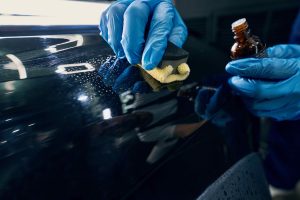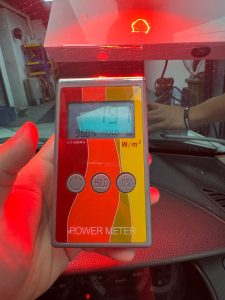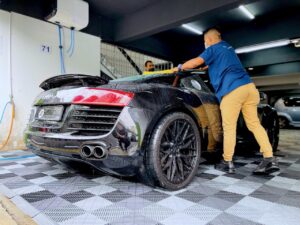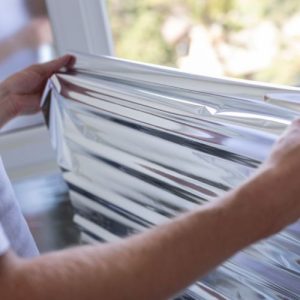Factory Tint in Malaysia: Can You Upgrade It for Better Heat Protection?
Most new cars in Malaysia today come equipped with factory tint—a slightly darkened glass that offers basic privacy and a sleek appearance. While it may look like tinted film, factory tint is usually just dyed glass and doesn’t provide effective heat rejection or UV protection. Many car owners assume it’s enough, but in reality, it lacks the performance benefits of premium window films like ceramic or hybrid options.
So what if you want better comfort and protection? The good news is, you don’t have to remove your factory tint to upgrade. Professional window films can be safely installed on top of factory-tinted glass, as long as it complies with JPJ regulations. At Shield Smith, we offer solutions like nano-ceramic and hybrid sputtered films that work seamlessly over factory tint—giving you superior heat rejection, glare control, and protection from harmful UV rays, all without compromising style or legality.
Upgrading from factory tint to high-performance window film is one of the smartest choices for drivers in Malaysia’s hot climate. You’ll instantly notice cooler cabin temperatures, better visibility, and longer-lasting interior materials—making it a practical and worthwhile investment.

What Is Factory Tint?
Factory tint (also known as OEM tinted glass) is glass that has a pigment or dye embedded during the manufacturing process. Unlike aftermarket tint, which is a film applied on top of the glass, factory tint is built into the glass itself.
Most factory tints:
-
Are around 70% VLT (Visible Light Transmission)
-
Offer minimal heat or UV protection
-
Are typically found on rear windows only in Malaysia
Upgrading Over Factory Tint: Pros & Cons
✅ Pros:
-
You can layer aftermarket film over factory-tinted glass for improved heat rejection and UV protection.
-
Saves cost since you don’t need to change the entire window.
-
Perfect for those seeking darker rear windows without compromising compliance.
❌ Cons:
-
You must consider JPJ compliance. Layering too much tint can reduce VLT below legal limits.
-
Certain films may look too dark or cause visibility issues at night.
-
Some cheaper films may not adhere well to factory tinted surfaces.
JPJ Tint Regulation Reminder (2024)
To stay compliant with JPJ regulations:
-
Front Windscreen: Minimum VLT 70%
-
Front Side Windows: Minimum VLT 50%
-
Rear Side Windows & Rear Windshield: No restriction (if side mirror is present)
Ideal Tint Strategy Over Factory Tint
Here’s what we recommend at Shield Smith:
-
Front windscreen: Use a high-performance film like Prime Series with 70% VLT but high TSER to keep heat out.
-
Front side windows: Match with 50% VLT nano-ceramic or hybrid film (e.g., Divine Series) for better visibility.
-
Rear windows (factory tinted): Add ceramic or sputtered film with 30%-50% VLT depending on how dark the factory glass already is.
This way, you maintain a balanced, legal, and functional tint setup.
What Happens If You Ignore This?
If you layer dark aftermarket tint over already dark factory glass, you risk:
-
Failing PUSPAKOM inspection
-
Getting fined by JPJ
-
Compromised night-time visibility
-
Warranty issues with low-end tint shops
Conclusion
✅ You can safely apply quality aftermarket tint over factory-tinted windows—but only if it’s done:
-
By a professional installer
-
With legal VLT levels
-
With films that offer real heat rejection, not just darkness
At Shield Smith, our consultants and installers are trained to measure your current glass VLT, recommend JPJ-compliant films, and provide demo testing before installation.
Multilayer Sputtered Window Film
** Installement Plan Up To 24 Months**





